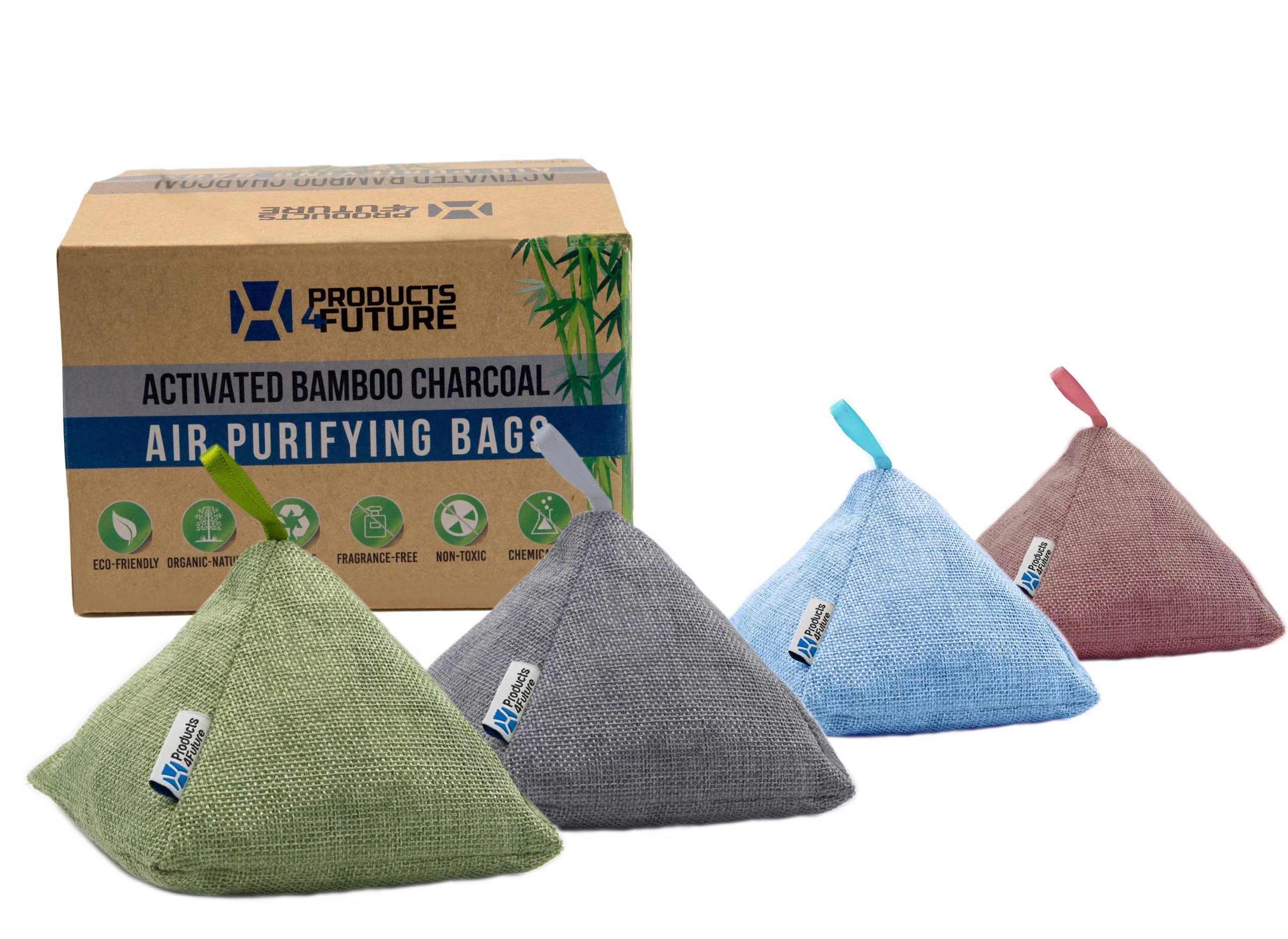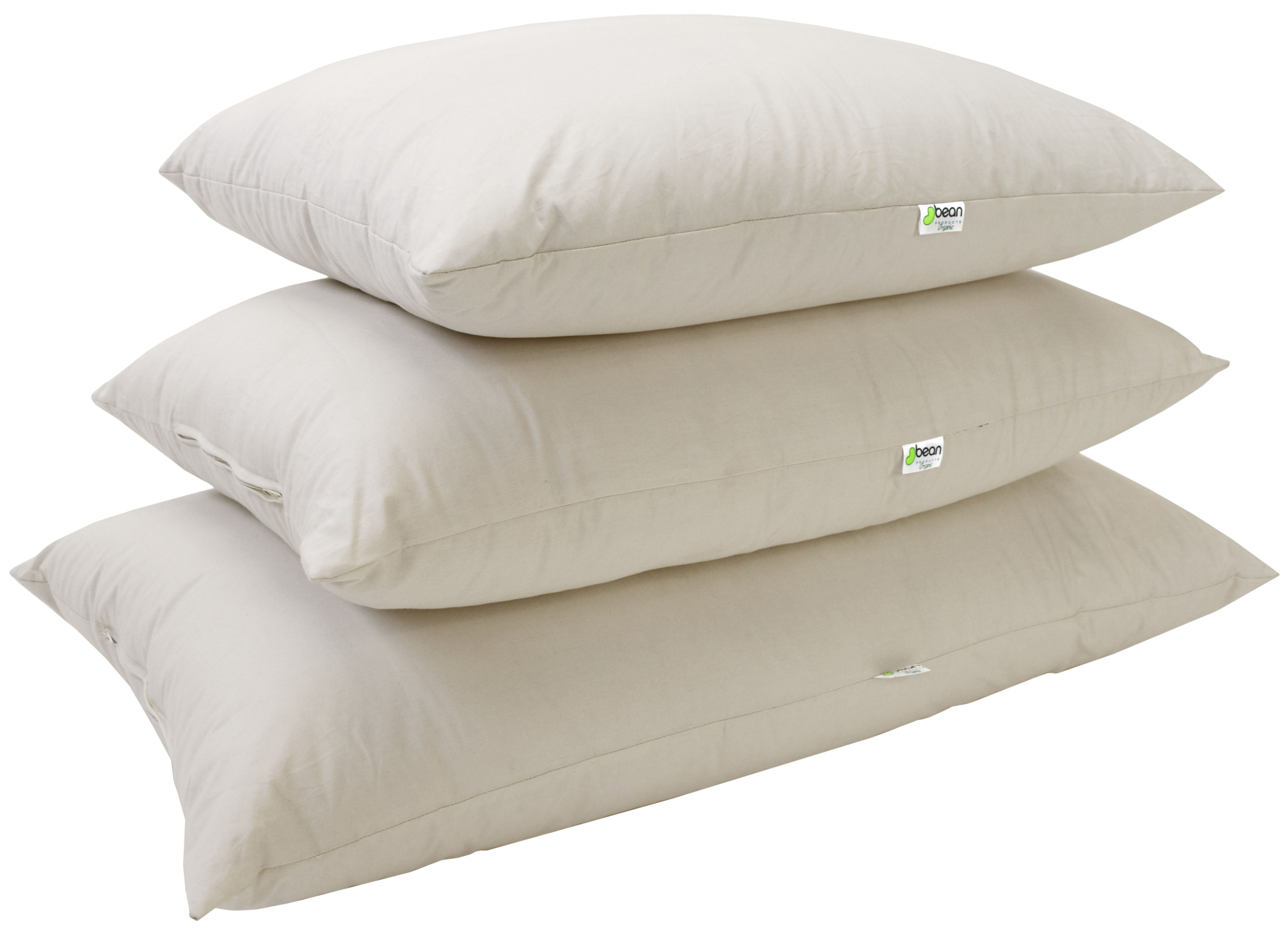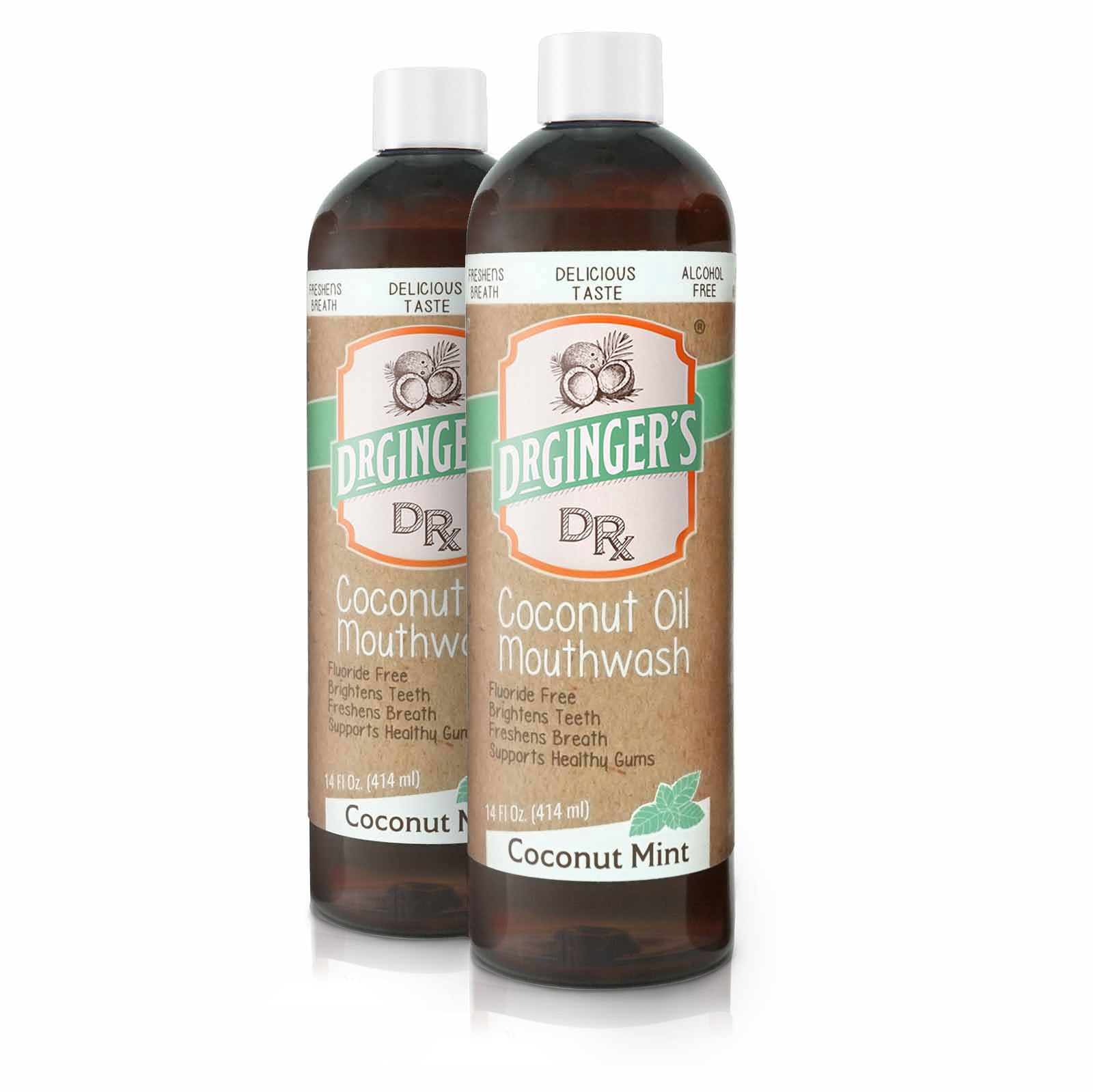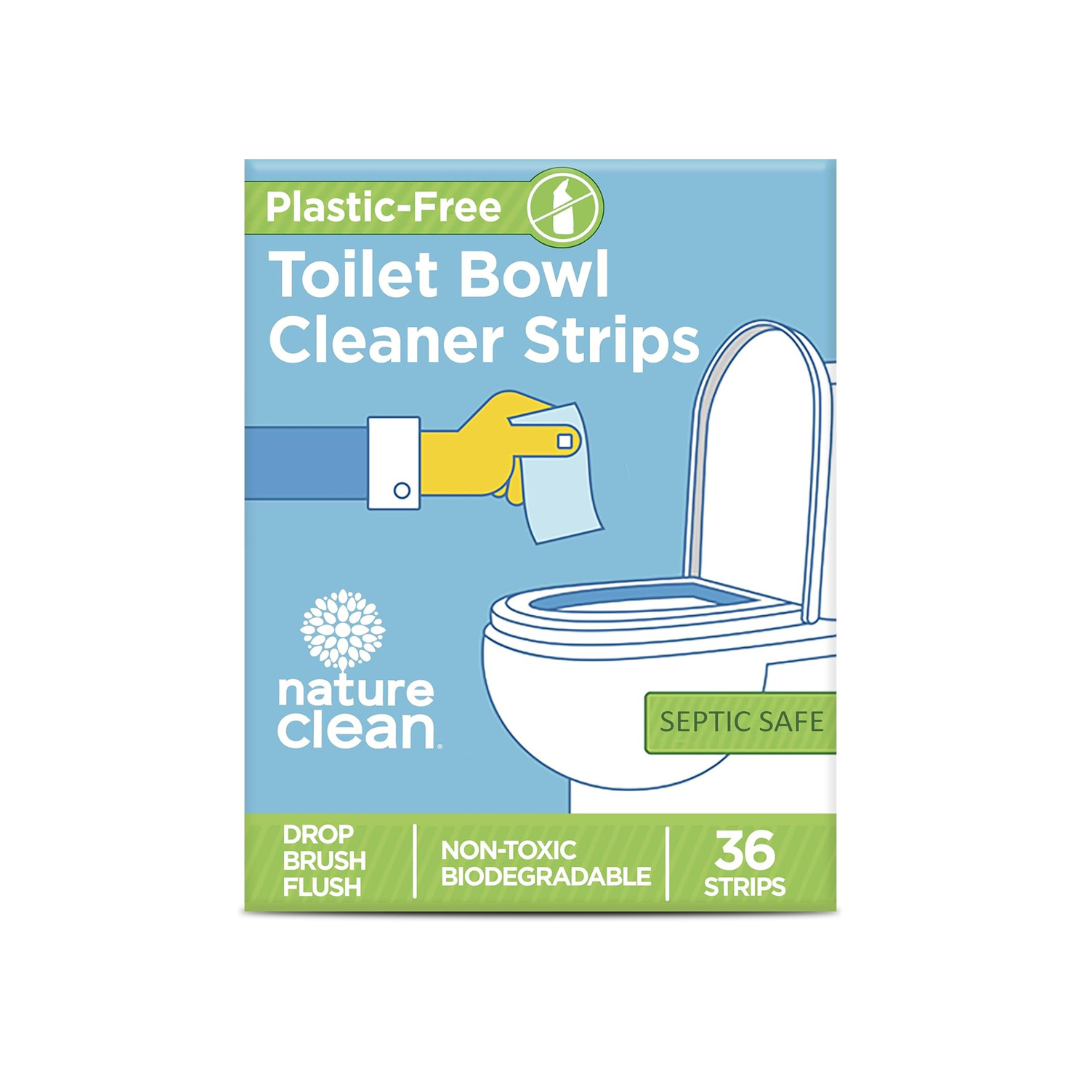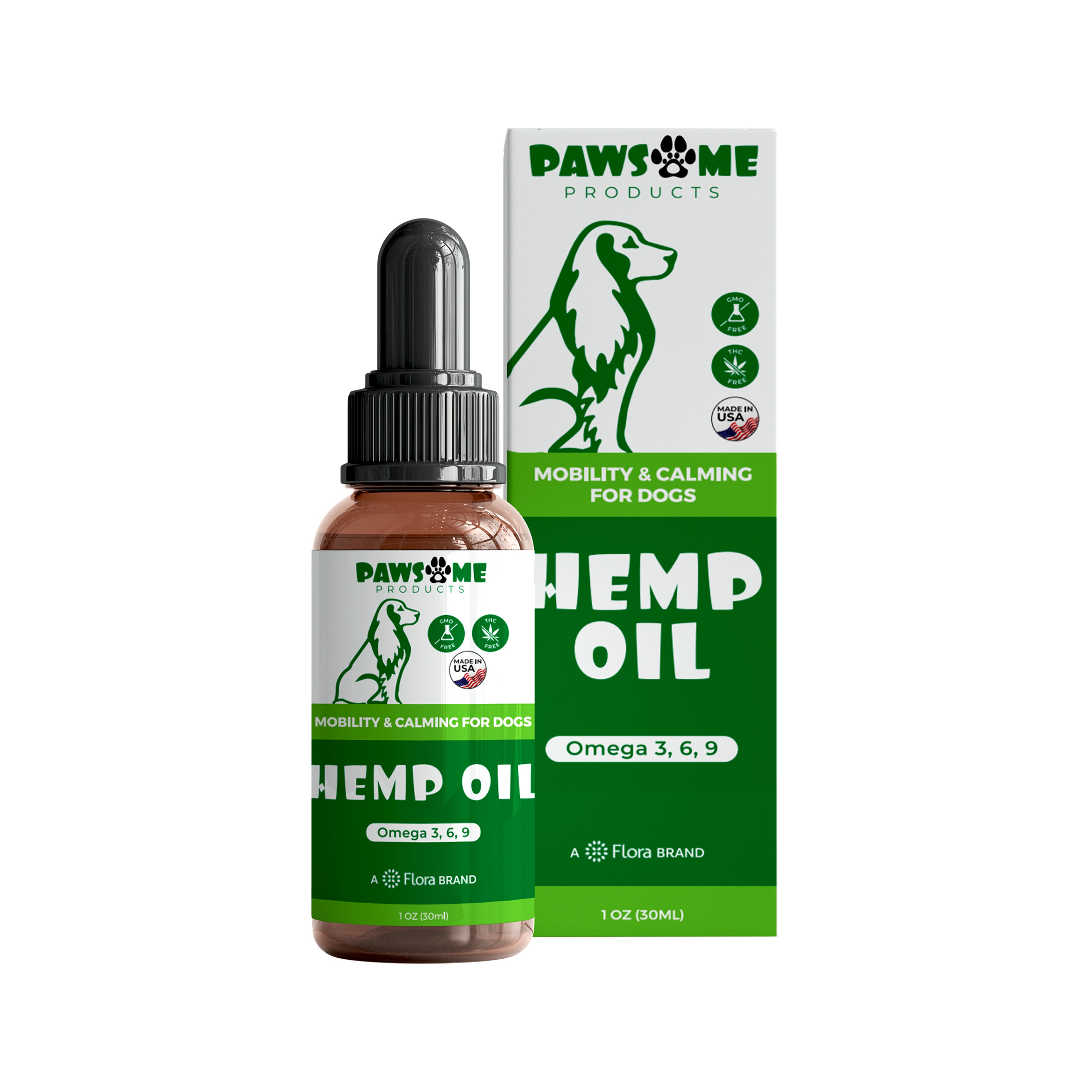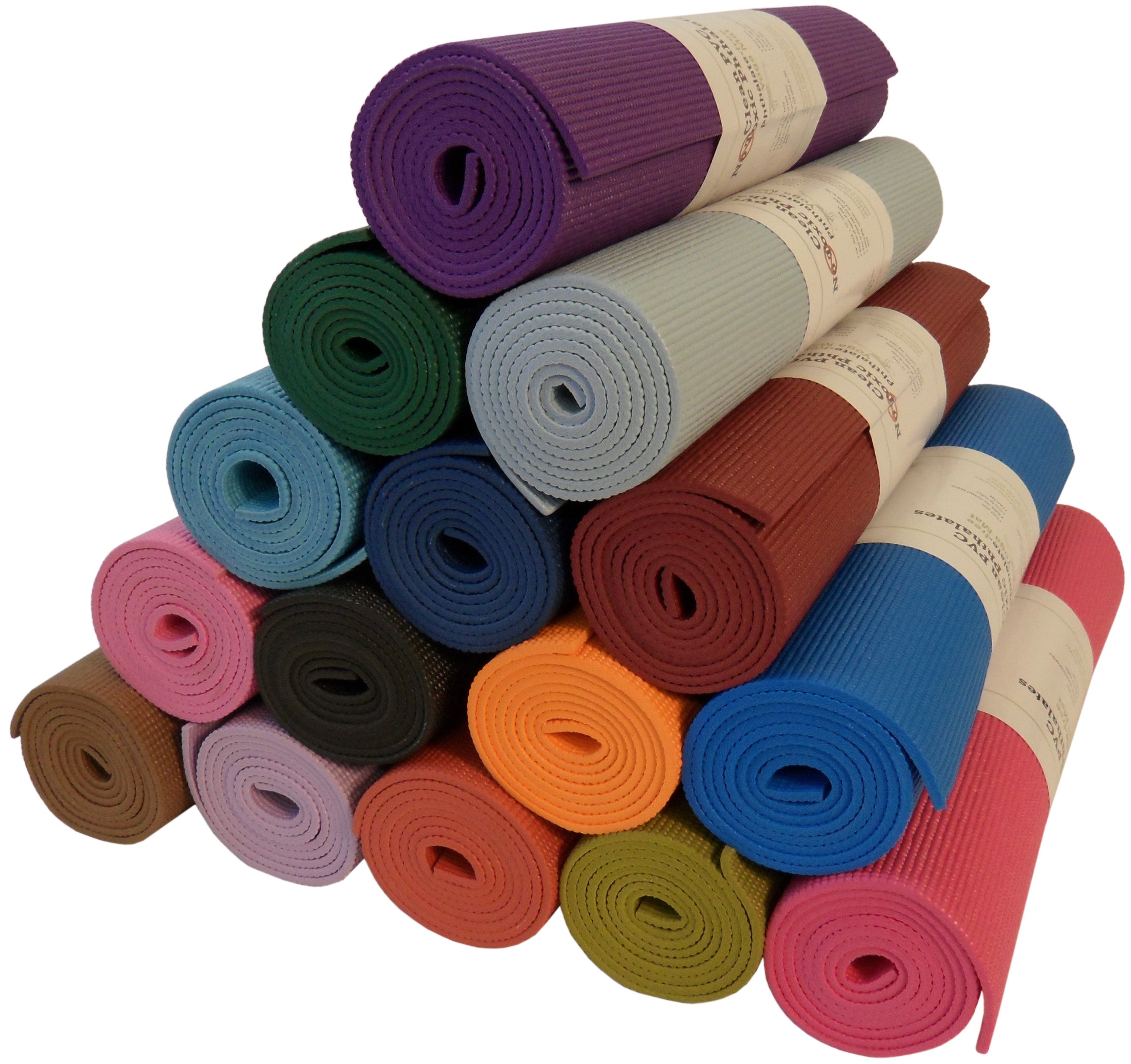Elastane, also known widely by its brand name Lycra, is a synthetic fiber known for its exceptional elasticity. It is a type of polyurethane polymer that has been an integral part of the textile industry since its invention. Here’s an overview of elastane and its primary applications:
- Versatility and Uses: Elastane is incorporated into a variety of products ranging from everyday clothing like tights and leggings to specialized uses in performance apparel and medical textiles.
- Benefits: The fiber's main appeal lies in its ability to stretch up to five times its original length, offering greater flexibility and comfort.
Composition and Production
The composition and production process of elastane involve complex chemical procedures that raise important questions about its safety and environmental impact. Understanding these factors is crucial for assessing the sustainability of synthetic fibers.
- Chemical Structure: Elastane is made from a series of chemicals and additives that provide its unique stretchable properties. Key components include prepolymers, which are processed using solvents and catalysts to form the fibers.
- Manufacturing Process:
- The production of elastane is energy-intensive and involves substances that can be toxic if not managed properly. Initiatives aimed at reducing this impact are crucial.
- For more detailed insights into synthetic fibers' environmental regulations, see the EPA guidelines on synthetic fibers.
- Environmental Considerations:
- The environmental impact of producing elastane is significant, involving both high energy use and potential pollution. Efforts to make the process more eco-friendly are ongoing.
- Information on recycling synthetic materials can enhance understanding of the full environmental impact.
For those interested in the broader context of sustainable textiles and alternatives, consider reading about Eco-friendly Alternatives to Common Synthetic Fibers which provides valuable insights into sustainable practices in the textile industry.
Health and Safety Concerns
The discussion around the safety of elastane often centers on the chemical exposure and potential health risks associated with its production and use:
- Toxicity in Production: The chemicals used in creating elastane, such as solvents and catalysts, can be toxic. There is concern about worker exposure during manufacturing and the potential for residual chemicals in the final product.
- Health Risks: Prolonged exposure to certain chemicals in elastane can pose health risks, including skin irritations and more severe allergic reactions. The World Health Organization provides extensive data on the health risks associated with chemical exposure.
Environmental Impact
Elastane's environmental footprint is significant, prompting a reevaluation of its use and disposal in the textile industry:
- Lifecycle Analysis: The production, use, and disposal of elastane contribute to environmental degradation, primarily through pollution and high energy consumption.
- Recycling Challenges: Elastane is difficult to recycle, which compounds its environmental impact. Innovations in recycling synthetic materials are crucial for mitigating these effects.
- Sustainability Efforts: There are ongoing efforts to make elastane production more sustainable. These include improving the recyclability of elastane and reducing the use of harmful chemicals.
For those exploring our impact on the environment, the blog category Sustainable Living on Flora provides further insights.
Legal and Regulatory Framework
Regulations play a critical role in managing the environmental and health impacts of elastane production:
- Global Regulations: Various international standards and regulations aim to control the environmental and health impacts of synthetic fibers. Compliance with these standards is crucial for manufacturers.
- Safety Standards: Manufacturers of elastane must adhere to safety standards to minimize health risks and environmental damage. These include regulations on the use of certain chemicals and waste management practices.
FAQs
To address common concerns, here are some frequently asked questions about elastane:
- Is elastane harmful to human health?
- While elastane itself is not toxic, the chemicals used in its production can be harmful if not properly managed.
- Can elastane cause allergic reactions?
- Yes, some individuals may experience allergic reactions to elastane, particularly if it contains trace chemicals from its production process.
- How can consumers safely use products containing elastane?
- Consumers should look for elastane products that meet strict safety standards, which minimize harmful chemical residues.
- Are there eco-friendly alternatives to elastane?
- Yes, there are more sustainable alternatives to elastane, such as plant-based fibers, which are discussed in Sustainable Fashion: Making Ethical Choices.
By understanding both the benefits and drawbacks of elastane, consumers and industry stakeholders can better navigate the complexities of this widely used synthetic fiber. Ensuring compliance with environmental and health regulations is crucial for minimizing the negative impacts associated with its production and use.




